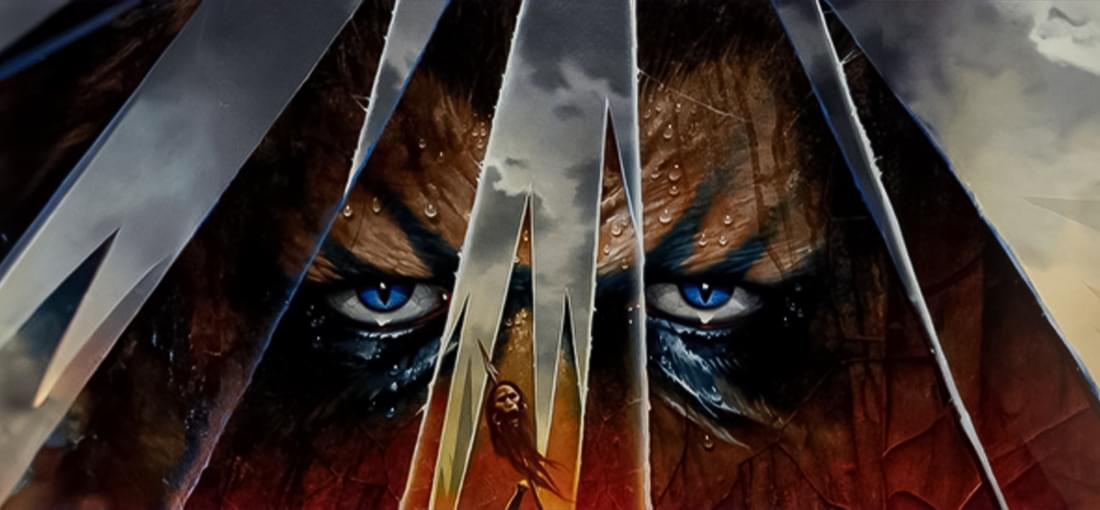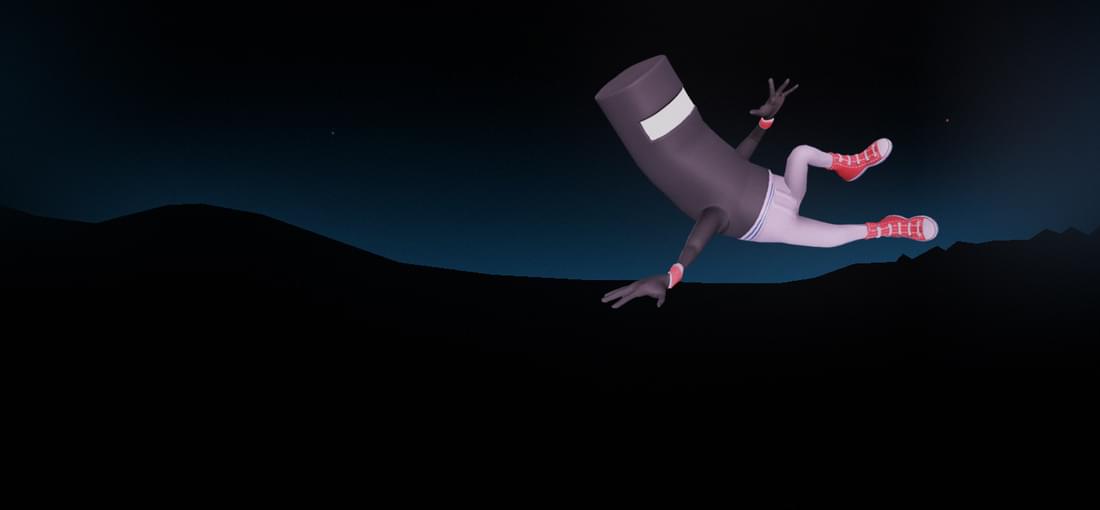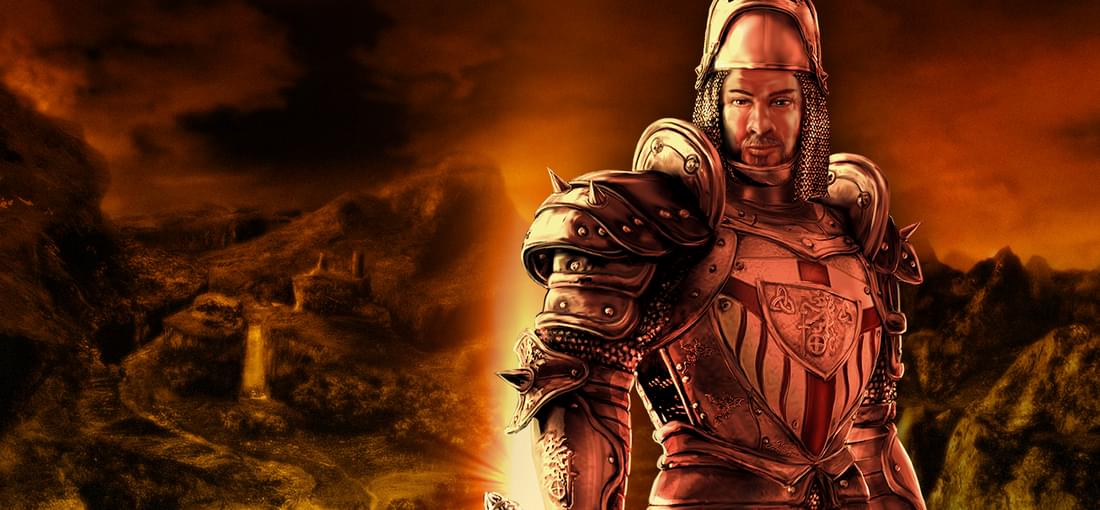


When you hear there's a superhero game on the NES, the last genre you imagine the game will be is point'n'click adventure... but here we are. Of course, Nightshade is not just a point'n'click; it's also a fighting game. Interested yet? Don't expect too much, it's a very basic fighting system, but it's challenging; enemies have different patterns that are easy to recognize but not so easy to counter. Boss fights are also interesting. When you're not fighting, you'll be struggling with the controls, at least for a while. They get tolerable after a while, but I knocked a star off this port for lack of mouse support, which would've improved the experience. Then, you'll discover a charming adventure hidden beneath them. The story is simple, but dialogues are delightfully cheesy, like the best Silver Age comics. Same goes for the wacky situations you'll find yourself in as you try to become popular enough to replace Metro City's fallen hero. Which brings me to one of my favorite systems of this game: throughout the map, you'll find people in need of help, and helping them will increase you popularity, which is necessary to get past some parts of the game. Better yet, all those parts are optional. Yes, this game has some nonlinearity to make it more interesting. You can go after the Staff of Ra, or you can leave it alone, which will make some fights harder. You can try to keep the four treasures safe or you can let Sutekh steal them, and the game will go on. Another fun system are the traps: whenever you get knocked out, you will not die immediately. Instead, in true superhero fashion, you'll be put into a deathtrap, which you'll then have to escape to keep playing. Eventually you'll find one you can't escape, and then it's game over. The game looks good, but the art style feels a little inconsistent. I love it, but YMMV. Same with the music. To sum it up: this game is not for everyone, but if anything I said sounds intriguing to you, buy it. You won't be sorry.

You'll have to forgive my excitement; I've been waiting years for this. There's a fair chance you've played (and liked) the Soul Reaver games and Defiance, but never got a chance to see how it all started. If that's the case, buy this game. And if you have never experienced this series, this is the place to start if you love your games to be story-heavy, with great dialogue and voice acting, beautiful music, awesome art design, and tons of atmosphere. But first, let's talk about what makes this a game: to be frank, the gameplay is... OK. Not great, not too shabby either. Basic combat with an interesting healing mechanic, some spells and items that mostly boil down to different projectile attacks, and a mild sense of exploration. Then there are some basic Zelda-like puzzles. You know, enter a dungeon, find a new item (or spell), and use that to traverse the dungeon. Nothing too mind-blowing, not even in 1996. Combat gets pretty challenging towards the end, though. So why am I so excited about this release? You probably have read this before, but let me reinforce it: the story and presentation in this game are superb. They're more than enough to carry you to the end, even if you just tolerate the gameplay. The complex maze of revenge, intrigue, betrayals and other fun activities Kain gets involved with is told through stellar writing and impeccable voice acting, and carried by a soundtrack that goes straight to the jugular. The Willendorf theme is especially haunting if you ask me. Speaking of atmosphere, the graphics are, for my money, exactly right. The choice for sprites over 3D (which wasn't really a choice, this game had been in developing for a long time) helps to make the game look beautiful to this day. The lighting, especially, exudes Gothic ambiance. I could accept an upgraded resolution, but that's as far as I'd go. In conclusion, if you're the least bit curious about Blood Omen, you can't go wrong with this purchase. And at this price, it's a steal.

There's a fine balance to be struck when creating a sequel. Change things around too much, and it will feel like the game lost its identity; keep it too much the same, and it goes stale. Runner 3 achieves that balance quite well. Gone are some features I loved, but the new additions make up for it, with a few exceptions. For example, I loved having to unlock new outfits by finding alternate routes in-game, now I have to buy them; but I still have to find those alternate routes to get the collectibles so I can unlock new characters and even (a stroke of genius if you ask me) the story cutscenes. The game features only 3 worlds with few stages each, but those are much more varied and interesting this time, and full of alternative routes. The songs are more memorable and distinct than they were in Runner 2, although they still don't hold a candle to the ones in the first game. Gameplay-wise, I like how it gets much more difficult much faster than last time. I always felt Runner 2 took too long to start getting challenging, so it's a welcome change that they are taking inspiration from the first game's difficulty curve this time. The game is shorter than 2, yes, but it will still take a long time to master it. And while there isn't a traditional option to change difficulty, you can choose which of two paths you'll take before you start a level, one being much more challenging than the other, so there is the difficulty selection right there. This is a sequel, after all; if you need practice, go play the previous game - you won't be sorry you did. If I have some criticism, it's for those occasions when the game strays away from its rythm based roots. The retro game is fun, but I would prefer it to be rythm-based. Still not enough to knock a star off, though. In conclusion, I love the Runner series for its addictive, challenging gameplay, but also for its evolution from game to game. All of them are equally fantastic, and Runner 3 is a great addition to the franchise.

It took me one whole year from the moment I installed Gothic 2 in my computer for the first time until I finally finished it. Of course I didn’t play the game every day, often spending a couple of weeks and sometimes even a month away from it. But my point is, I spent a whole year immersed in Khorinis, and loving every minute of it. I was even a little sad when it was all over. And that is what this pseudo-review is all about: the emotional impact Gothic 2 had on me. I really miss the feeling of playing this game for the first time. That happens from time to time, when I play one of those games that manage to make you a part of them. And Gothic 2, like it’s predecessor (and yes, it’s successor too), definitely is one of those involving games. The first question that always comes to mind when we talk about sequels: is it as good as the previous game? The first Gothic made me feel like I was really a prisoner in the Valley of Mines, and I was anxious to find the way out of there. Each new hope that surfaced was welcome, each failure frustrating, and all the time I knew that, if I persisted, I would find a way to escape. I was really there. The second game doesn't give the player such a strong motivation. This time, we just need to fend off an invasion by dragons... while it's a direct consequence of the events of the first game, it still felt a little out of the way, not as well integrated to the gameworld as the plot in the first game. But Gothic 2 still manages to involve the player with it’s immense, living world, much larger and richer than the first. In fact, the entire valley from the first game is present here, though some of its areas are not accessible anymore. And what a beautiful world it is. Sometimes, I would just wander without destiny, admiring the views. The graphics in Gothic 2 (like the ones in the first game) have one quality that I consider uncommon in games these days: personality. I don’t know how to explain, but when I played the first game and noticed the trick they used for the forests (the trees are cardboard cutouts that fade into real, 3D trees when you come close), that just looked special. What the game lacks in technical flair (for today’s standards anyway), it more than makes up for in sheer artistic terms. I’m not saying that there aren’t special effects in the graphics department, of course. The transition between day and night is almost unnoticeable, the lights reflect in a beautiful way (I loved to walk around during the night, the moonlight feels just perfect), some spells have nice bursts of light and smoke, and so on. But what really makes the graphics something to be remembered is the use made of them. You’d have to see the game to understand what I’m talking about, and if you’ve already seen it, then you already understand. So, walking around and just exploring the world can be very fun, but what about the story? Well, the story in Gothic 2 is very simple, especially comparing it to the compelling plot of the first game. As I said before, this time there isn’t that sense of need the first game had. You had to get out of that valley, it was a personal goal. And now you are going to kill some dragons because some sorcerer tells you to (of course, towards the ending it gets a little more interesting, but not as much as the first game). Very basic fantasy stuff, to say the least. Fortunately, the main plot isn’t the best part of Gothic 2. The two billion (approximate guess) quests you will have at your disposal – and the way they manage to draw you into the world of the game, involving you with virtually every other person in that world – are. You will be so busy talking to everyone, getting to know how life works in the land of Khorinis, helping other people with their problems (or taking advantage of them), trying to find the right person to teach you that skill you want, that the next thing you know, it’s already daylight outside and you had to wake up early. Yes, many things have been said about the virtual world of Gothic and Gothic 2. But I can write two more pages about it and it will still be less than the game deserves. It really made me feel like I was there, like I knew all those people personally, to the point that I failed a quest that required me to kill a character I liked. And that was OK, because there was another quest involving NOT killing that character, and I still received the XP. And that’s a small example of how they seem to have thought about every possible course of action the player could take. It’s the first game since Fallout that shows that level of variety, as far as I know. Or am concerned. And the way the NPCs react to the player is another bright point to the game. They know you, almost all of them at some point ask you for some favor, or are the target of another favor asked by another NPC… and it never sounds fake. They remember what you did to them in the past, and react accordingly. Also, they react to the guild you belong to, often saying completely different things to players of different guilds. And most of them are actually named, which was an impressive feat for such a huge game at the time. The guilds, by the way, are another good trick to add variety, but I feel they could impact a little more on the game, beyond giving the player specific quests and some small reaction modifiers with a few NPCs. The game doesn’t change so much with different guilds, and I know it will be a long time before I play the game again just to experience it as a mage or paladin. More important than the guilds to explain why I am such a big fan of this game is the realism. First of all, Khorinis doesn’t feel like what one would call an “RPG world”. You know, that kind of world where you find monsters which are always compatible to your current level. Here, you can go anywhere you want right from the start, and all the NPCs, animals and monsters are already around; even the ones which are WAY more powerful than you. So, it’s quite possible for you to meet a pack of wolves, a group of Dragon Snappers or even a party of Orcs at the very beginning, when you are still at level 1, without armor of any kind and wielding only a Heavy Branch… and yes, in that case, the best thing to do is run for your dear life. You’ll be running away – or dying – a lot at first, but it only makes things more satisfying when you are finally strong enough to fell a Shadowbeast with three hits or slay an entire platoon of Orcs without a single scratch (the latter will be very difficult to achieve). And to add to the difficulty AND the realism of the game, you won’t be able to open your inventory and change from your sword to that magic hammer you have in the backpack while the Stone Golem waits patiently. The game doesn’t pause while you are in the inventory or looking at the map, which can be a little frustrating at the start, but when you remember that it would be just like that in real life, you get used to it. And learn to plan your battle strategy before entering combat. Character progression is another highlight that the game kept from its predecessor. When you gain a new level, the only stat that improves is your health (I’m not so sure about mana, it’s been a while). But with every level, you receive ten “learning points”, which can be spent with trainers (along with gold, most of the time) to learn the skills you want. Finding the right trainer for the skill you want is another challenge, one that I found quite engrossing. So, we have a vast, gorgeous and living world, complete freedom of movement from the start, believable reactions from the NPCs, an interface that may be imperfect, but maintains the realism, and millions of things to do. All of that adds up to immerse the player up to their ears, making them feel like they’ve been transported to another universe. For me, no other game had done that since Outcast, but that is another story…